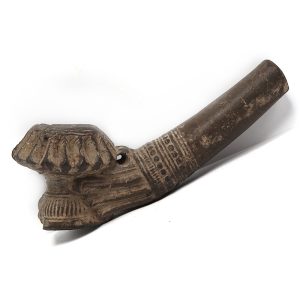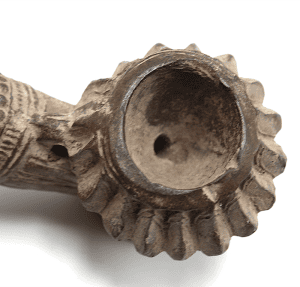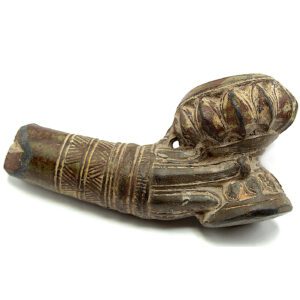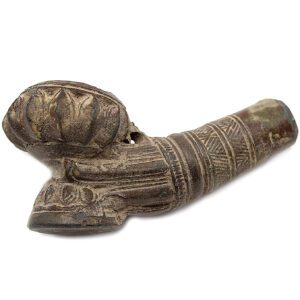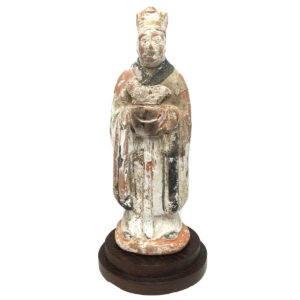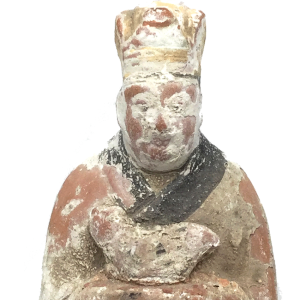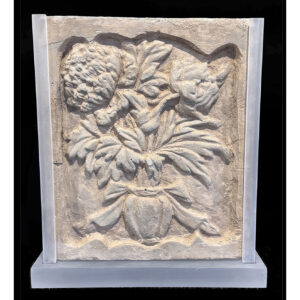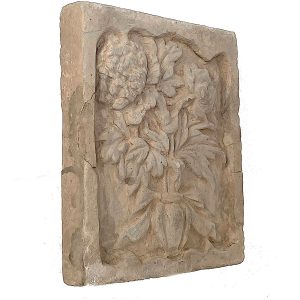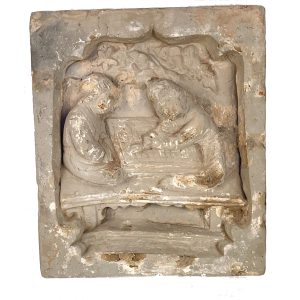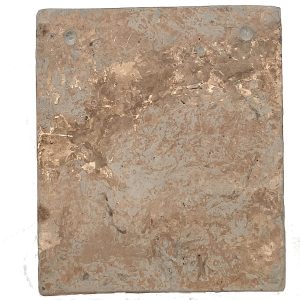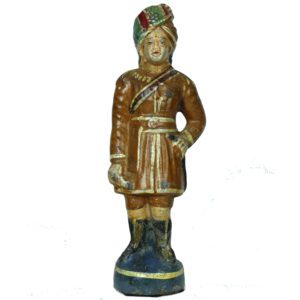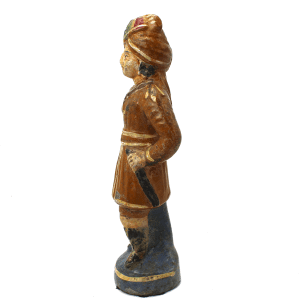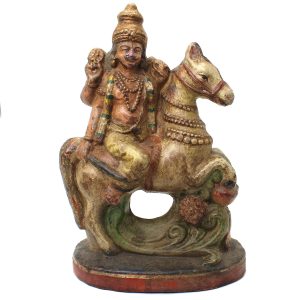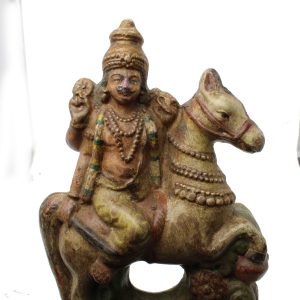-
Sale!


$90.00 Original price was: $90.00.$80.00Current price is: $80.00.
H: 1.875” W: 1.75” D: 4” | FREE SHIPPING within continental us.
Mold made with intricate designs, clay earthen ware tobacco/opium pipes were woven into Burmese and Thai Hill Tribe social and cultural traditions. This is a unique gift a pipe smoker, although for decorative purposes only.
-
Sale!


$90.00 Original price was: $90.00.$80.00Current price is: $80.00.
H: 2” W: 1.75” D: 4” | FREE SHIPPING WITHIN CONTINENTAL U.S.
Mold made with intricate designs, clay earthen ware tobacco/opium pipes were woven into Burmese and Thai Hill Tribe social and cultural traditions. This is a unique gift a pipe smoker, although for decorative purposes only.
-
Sale!


$395.00 Original price was: $395.00.$295.00Current price is: $295.00.
H: 3.375″ W: 2.75″ D: 2.5″ | FREE SHIPPING WITHIN CONTINENTAL U.S.
One of a set of 12 Zodiac attendant figures holding a small calendar animal of the year represented as part of mingqi placed in the graves of deceased.
-


$995.00
H: 11” W: 9.5” D: 1.65” | FREE SHIPPING
This earthenware brick tile bordered with a deep scalloped frame depicts a vase with a bouquet of propitious flowers: a chrysanthemum and a peony wrapped with an elegant ribbon. Tiles like this were made to decorate the large numbers of buildings created during the prosperous Song dynasty and to adorn tombs. This elegant brick is in good condition for its age with expected chips and cracks, some restoration of background and a re-glued frame break on each side. It has earth adherents from its burial in a tomb.
-
Sale!


$495.00 Original price was: $495.00.$395.00Current price is: $395.00.
H: 11” W: 9.5” D: 2” | SOLD
As part of the The Song dynasty cultural expansion, government and public buildings and tombs were built with interior walls decorated with earthenware unglazed mold-made brick tiles. This fanciful vibrant tile with a scalloped frame portrays two people playing a board game called wéiqí which originated in China over 2500 years ago. It is the world’s oldest and most complex board game still played.
-
Sale!


$105.00 Original price was: $105.00.$65.00Current price is: $65.00.
H: 10.25″ W: 3.25″ D: 2.75″ | FREE SHIPPING WITHIN CONTINENTAL U.S.
Vintage Indian terracotta policeman bivalve mould made, hand luted and painted in rural India terracotta considered spiritual and auspicious as it incorporates five natural elements of air, fire, earth, water and metal.
-


$145.00
Earthenware terracotta pottery has played a significant role in the cultural, religious and artistic traditions of India for centuries. Indian terracotta images are considered spiritual, mystical and auspicious as Hindus believe terracotta incorporates the five natural elements of air, fire, earth, water and metal. Made with a bivalve mould that is hand luted and hand…
End of content
End of content

